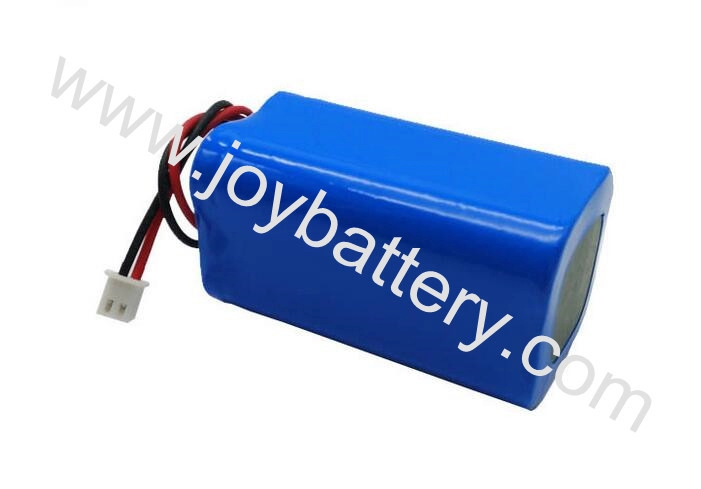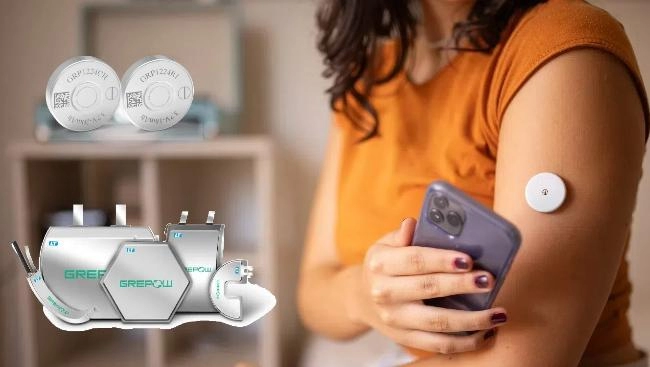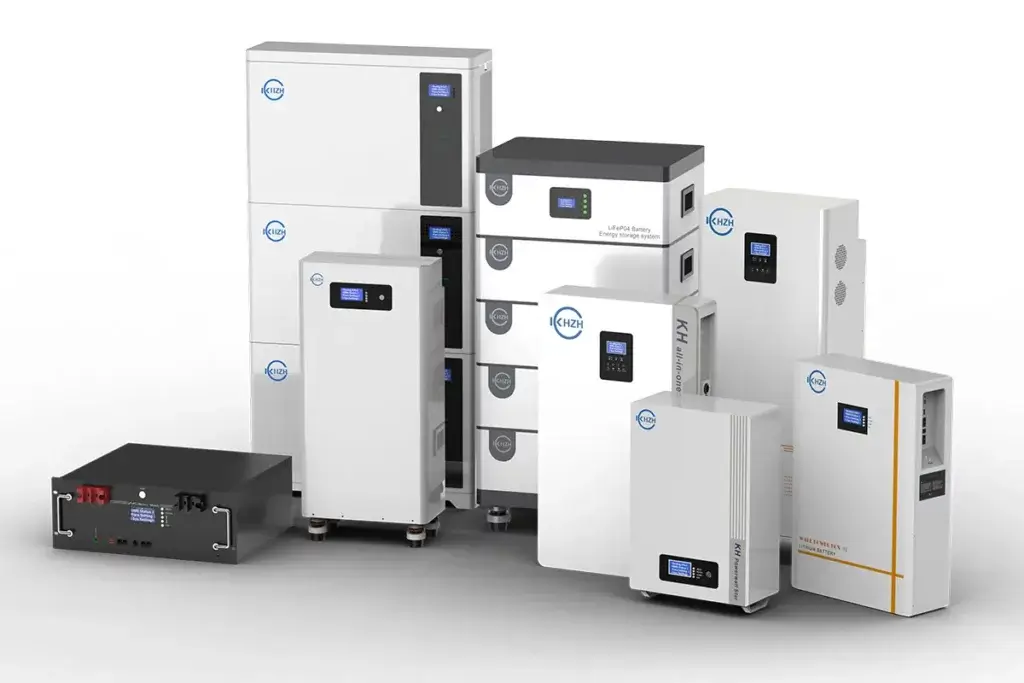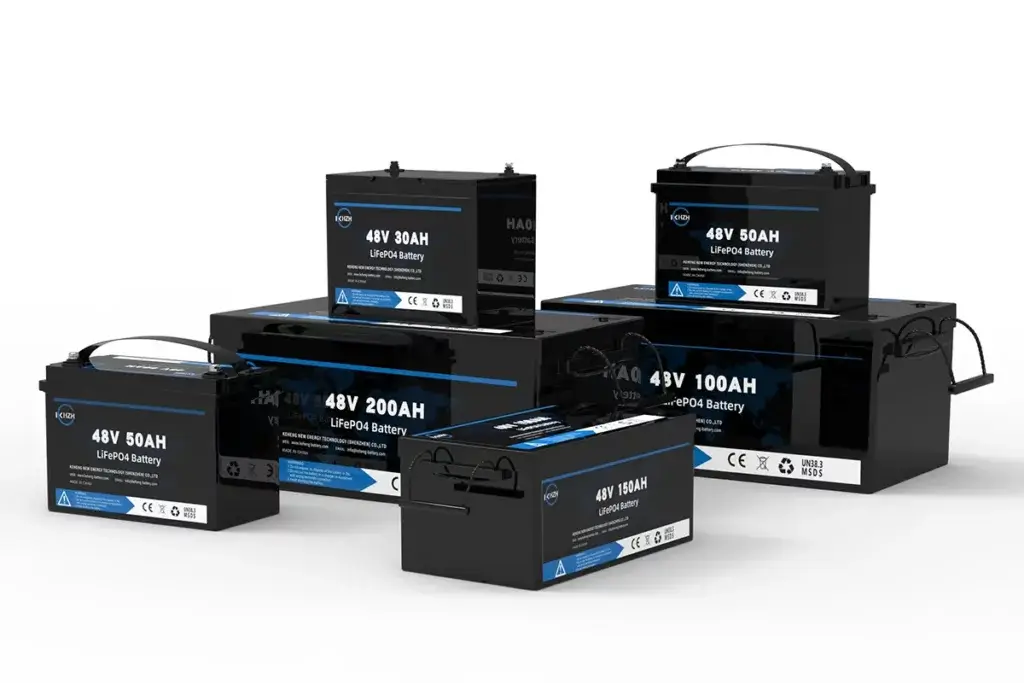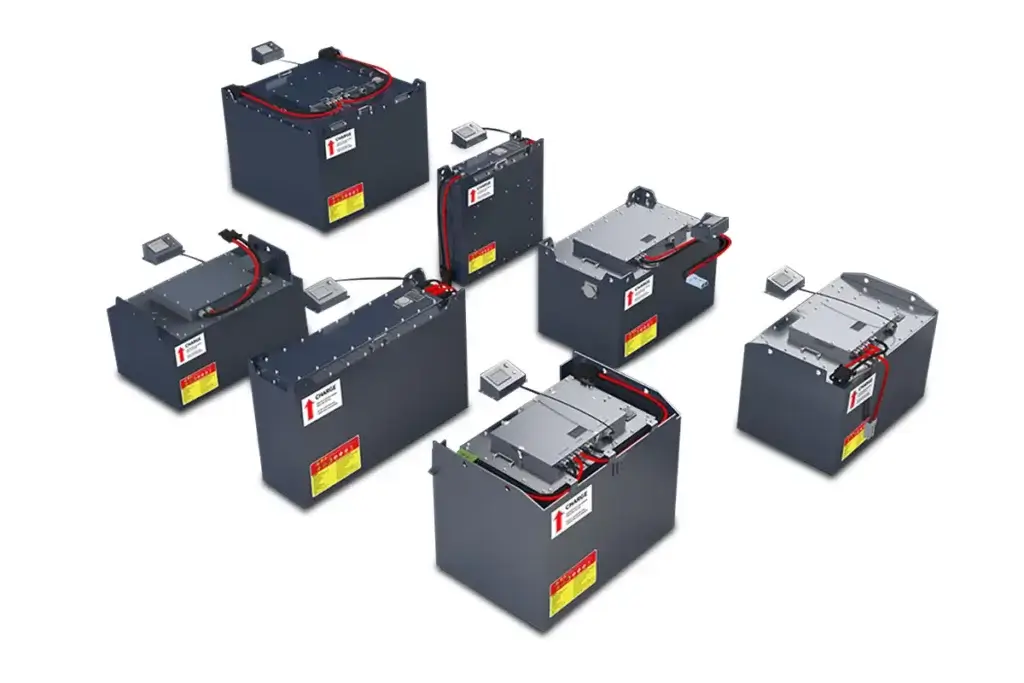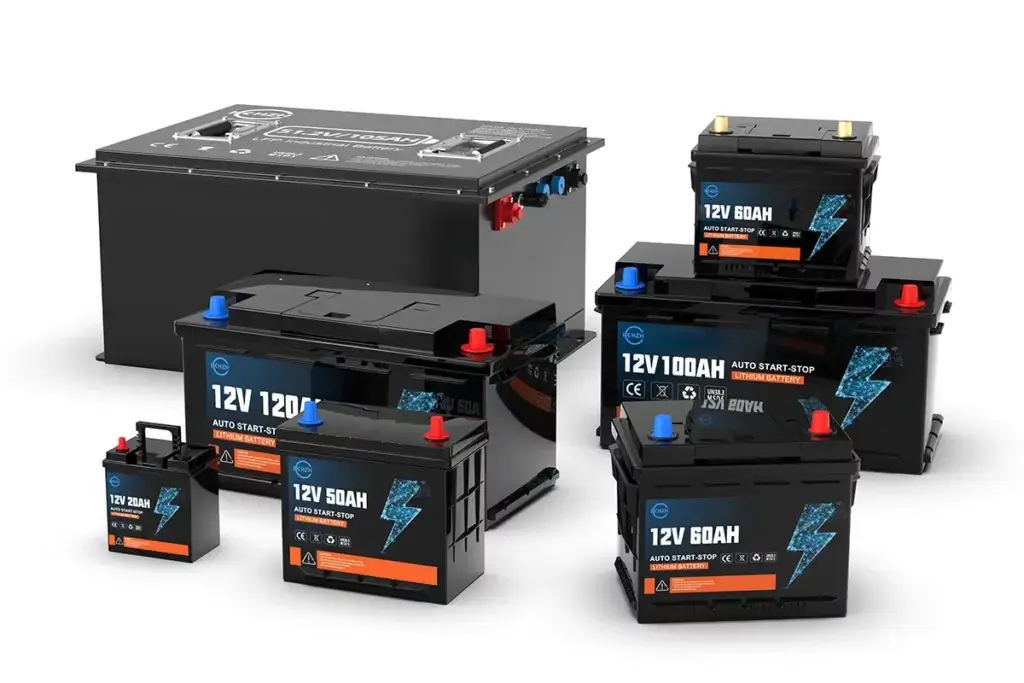A Comprehensive Guide to 7.4V Batteries
Batteries power many of the gadgets we use daily, and among them, 7.4V batteries stand out. These versatile batteries are commonly found in devices like drones and remote-controlled cars. But what exactly is a 7.4V battery? In this guide, we’ll explore its details, how it differs from other batteries, and more about their characteristics and applications.
Part 1: What is a 7.4V Battery?
A 7.4V battery is a rechargeable power source with a nominal voltage of 7.4 volts. It’s widely used in devices that require more power than a single cell can provide. Typically, this battery is made up of two 3.7V cells connected in series to achieve the desired voltage.
Part 2: 7.4V Battery Voltage
A 7.4V battery has a nominal voltage of 7.4 volts. It is commonly used in devices that require more power than a single cell can provide. These batteries are often made by connecting two 3.7V cells in series.
The voltage of a 7.4V battery can vary based on conditions. The following are the typical voltage ranges:
- Nominal Voltage: 7.4V. This is the typical voltage output of the battery under standard conditions, often printed on the battery label.
- Full Charge Voltage: Approximately 8.4V. When the battery is fully charged, the voltage peaks at around 8.4V.
- Low Voltage: Approximately 6V. As the battery discharges, its voltage drops and reaches around 6V when nearing depletion.
Why Does Voltage Fluctuate?
Several factors can cause voltage variations in lithium batteries:
- Battery Chemistry: Voltage changes stem from the chemical reactions inside the battery, which vary during charging and discharging, thus affecting the voltage output.
- Temperature Effects: Temperature influences the battery’s voltage. As temperature increases, the internal resistance of the battery decreases, which can lead to a slight increase in output voltage. Conversely, lower temperatures can reduce the voltage.
- Load Impact: The size of the load affects the battery voltage. Higher loads can result in greater internal resistance, leading to a more significant voltage drop.
Part 3: 7.4V Battery vs. 7.4V LiPo Battery vs. 7.4V Lithium-ion Battery
Key differences exist between a generic 7.4V battery, a 7.4V LiPo battery, and a 7.4V lithium-ion battery. A comparison follows:
1. 7.4V Battery
This generic term refers to any battery with a nominal voltage of 7.4V. It doesn’t specify the battery chemistry or cell type and can refer to various types of rechargeable batteries.
2. 7.4V LiPo (Lithium Polymer) Battery
A 7.4V LiPo battery is a specific type of rechargeable battery that uses lithium polymer chemistry. LiPo batteries are known for their high energy density, compact size, and design flexibility. A 7.4V LiPo battery typically consists of two 3.7V LiPo cells connected in series to achieve the nominal voltage.
3. 7.4V Lithium-ion (Li-ion) Battery
A 7.4V lithium-ion battery is another type of rechargeable battery, but it uses lithium-ion chemistry. Lithium-ion batteries are similar to LiPo batteries in terms of voltage and capacity, but they typically have a more robust cylindrical shape. Like LiPo batteries, a 7.4V lithium-ion battery typically consists of two 3.7V cells connected in series.
Key Differences
Both 7.4V LiPo and 7.4V lithium-ion batteries use two 3.7V cells connected in series to achieve the 7.4V nominal voltage. However, the main differences lie in the battery chemistry and physical design:
- LiPo batteries offer greater flexibility in terms of shape and size.
- Lithium-ion batteries tend to have a more robust, cylindrical form.
Both battery types require specific chargers and protection circuits to ensure safe charging and discharging. It’s crucial to use the correct charger and protection circuits to prevent damage or hazards. The choice between a 7.4V LiPo battery and a 7.4V lithium-ion battery often depends on the size and power requirements of the device.
Part 4: What is the Difference Between a 3.7V Battery and a 7.4V Battery?
The primary differences between 3.7V batteries and 7.4V batteries lie in their voltage and cell configuration:
1. Voltage
- A 3.7V battery has a nominal voltage of 3.7 volts.
- A 7.4V battery has a nominal voltage of 7.4 volts.
2. Cell Configuration
- A typical 3.7V battery usually consists of a single lithium-ion or lithium polymer cell.
- A 7.4V battery typically consists of two 3.7V cells connected in series to achieve the higher voltage.
By understanding these key details, you can make a more informed choice when selecting the right battery for your devices.
KHZH provides this guide with reliable and detailed battery information to help you power your devices effectively. For more information on battery types, you can check out our LiFePO4 Battery Guide. Visit our website for more battery-related information!
7.4V Battery Overview and How to Build One
1. Battery Voltage Comparison
When you connect two 3.7V cells in series, you can achieve a higher 7.4V output voltage. This configuration is crucial for various high-power applications.
2. Energy Capacity
Typically, 3.7V batteries have a lower energy capacity (measured in mAh or Wh) compared to similarly sized 7.4V batteries. The higher voltage in 7.4V batteries allows them to store more power/energy within the same physical dimensions, making them more suitable for demanding devices.
3. Applications
- 3.7V Batteries: Commonly used in smaller, portable devices such as smartphones, cameras, and vaping devices.
- 7.4V Batteries: Ideal for larger, power-intensive devices like drones, remote-controlled cars, and power tools that require more energy and voltage.
4. Charging Requirements
- 3.7V Batteries: Require a single-cell charger designed specifically for their voltage.
- 7.4V Batteries: Require a dual-cell charger designed to handle two cells connected in series, ensuring balanced and safe charging.
5. How to Make a 7.4V Battery Pack
Materials Needed:
- 2 x 3.7V Lithium-Ion or Lithium Polymer Cells
- Battery Holder or Case
- Spot Welder or Soldering Iron
- Insulating Tape
- Voltmeter or Multimeter
- Battery Connector Wires
Steps:
- Check the Cells:
Ensure that both 3.7V cells have similar capacities and are in good condition. Measure the voltage of each cell to confirm they are similar. - Connect the Cells:
Use a spot welder or soldering iron to connect the positive (+) terminal of one cell to the negative (-) terminal of the other cell. This creates a 7.4V battery pack in a series configuration. - Insulate Connections:
Wrap insulating tape around the exposed metal connections to avoid short circuits. Ensure no exposed metal parts touch each other to prevent shorts. - Assemble the Battery Pack:
Place the two connected cells into the battery holder or case. Secure them to prevent physical damage and ensure safety. - Optional Protection Circuit:
For added safety, you can install a battery protection circuit to prevent overcharging, over-discharging, and overcurrent. This circuit should be connected in series with the battery pack. - Test and Charge the Battery Pack:
Use a voltmeter to measure the voltage of the assembled 7.4V battery pack. Charge it using a compatible 7.4V charger specifically designed for two lithium-ion/lithium polymer cells in series, ensuring cell balancing during charging.
6. 7.4V Battery Charging
Charging Process:
- Identify Battery Type: 7.4V batteries are commonly Lithium-Ion or Lithium Polymer (LiPo) batteries, widely used in RC cars, drones, and power tools.
- Select the Correct Charger: Always use a charger specifically designed for 7.4V LiPo batteries. Do not use chargers intended for other voltages.
- Connect the Charger Correctly: Ensure the connections between the charger’s terminals and the battery are correct. The positive and negative connections should match correctly.
- Set Charger Settings: Many LiPo chargers allow you to specify settings like voltage, capacity, and charge rate. Set these according to the manufacturer’s recommendations.
- Start Charging: Begin the charging process. A typical charge time for a 7.4V LiPo battery is around 1-2 hours, depending on its capacity.
- Monitor the Charging Process: Keep a close eye on the charger to ensure that charging is proceeding normally.
- Disconnect After Charging: Disconnect the battery immediately after it’s fully charged, as overcharging can damage LiPo batteries.
7. Choosing the Right 7.4V Battery Charger
Selecting the right charger for your 7.4V battery is crucial. Here are the different types of chargers you can consider:
Charger Types:
- Standard Chargers: These basic, affordable models offer simple charging but lack advanced features like balance charging and temperature monitoring.
Part 7: Charger Types
When charging a 7.4V battery, there are several key charger types to consider, each with distinct features:
Smart Chargers:
Smart chargers might be slightly more expensive, but they offer extra peace of mind and can help protect your battery from potential damage.
Balance Chargers:
Balance chargers are especially important when charging 7.4V LiPo batteries. These chargers ensure that each cell within the battery is charged evenly, which is crucial for maintaining optimal performance and extending battery life.
Part 8: Can I Use a 12V Charger for a 7.4V Battery?
No, it is strongly discouraged to use a 12V charger for a 7.4V battery. The higher voltage charger can cause the battery to overheat, potentially leading to damage or even a fire hazard. Always use a charger that matches the required voltage of your battery.
Part 9: Can I Use an 11.1V Battery Instead of a 7.4V Battery?
It is not advisable to use an 11.1V battery in place of a 7.4V battery. The increased voltage can damage the device, as it is designed to operate at 7.4V. Always follow the manufacturer’s specifications for battery replacement to ensure safe operation.
Part 10: Common Uses for 7.4V Batteries
7.4V batteries are widely used across various industries and applications, such as:
1. Remote Control (RC) Devices:
Remote control cars, drones, helicopters, and airplanes models often rely on 7.4V LiPo or Li-ion battery packs. The higher voltage provides more power and longer run times for these power-hungry devices.
2. Power Tools:
Cordless power tools, such as drills, saws, and grinders, frequently use 7.4V battery packs. This voltage offers a good balance between power and runtime, making it ideal for these tools.
3. Camera Equipment:
Certain DSLR cameras, camcorders, and other professional camera equipment rely on 7.4V battery packs. The larger capacity and higher voltage help to provide ample power for the camera’s internal high-power systems.
4. Military and Tactical Gear:
7.4V batteries are used in various military and law enforcement equipment, including night vision goggles, communication devices, and tactical lights. These devices require a reliable power source to support the execution of critical missions.
5. Robotics and Automation:
7.4V battery packs are commonly used in robotics and automation systems, such as industrial robots, mobile robots, and automated controllers. The voltage and capacity are well-suited for the power demands of these applications.
6. Emergency and Backup Power:
7.4V battery packs are often found in emergency lighting systems, backup power supplies, and portable power stations. The compact size allows for efficient energy storage, making them ideal for backup power applications.
Understanding the various types and uses of 7.4V batteries is crucial for optimizing your technological experience. Whether you’re powering a drone, RC car, or any other device, mastering the use, charging, and maintenance of these batteries will maximize their efficiency and lifespan. For DIY enthusiasts, building your own battery pack can be a rewarding endeavor. Always follow safety guidelines, use appropriate chargers, and adhere to manufacturer recommendations for optimal results.
Related Tags:
- KHZH
- Electronics Engineering Copywriter
The Ultimate Guide to Using a Lithium-Ion Jump Starter
A lithium-ion jump starter is a must-have for any car emergency. This comprehensive guide covers how to use it, necessary safety precautions, proper maintenance, and why it’s a smart investment for peace of mind.
What is a Portable Power Bank?
A portable power bank is your go-to solution for keeping your devices powered while you’re on the go. This guide explains its components, functionality, and how to use it.
How to Choose the Best Battery Pack for Your Needs: Capacity, Performance & More
Choosing the right battery pack is crucial for ensuring reliability and performance. This guide explores factors like capacity, safety, and other essential elements like lifespan and charging time, to help you make the best choice for your needs. For example, understanding the chemistry and applications of LiFePO4 (Lithium Iron Phosphate) batteries is crucial when making your decision.
